Soot stains are unsightly and difficult to deal with. Not only do they damage the interior of your home, but they can also be detrimental to your health. If you have trouble removing those soot stains off your walls and floors, don't worry! We got you covered. We sought the help of the experts to help you out with your furnace soot concerns.
Cleaning furnace soot off the floor and walls should be easy. All you need are some basic cleaning tools and a special kind of sponge. Follow these steps:
- Wear protective gear
- Empty the area
- Cover furniture and carpets
- Ventilate the area
- Use a vacuum cleaner
- Use a dry cleaning sponge
- Wash the area using a cleaning solution
- Rinse and dry the surfaces
Below, we will discuss more detailed steps in cleaning those soot stains off your floor and walls. Not only that, but we would also discuss why your furnace is blowing black soot and if there is a way to prevent that from happening. So, make sure to continue reading to learn more about resolving furnace soot issues.
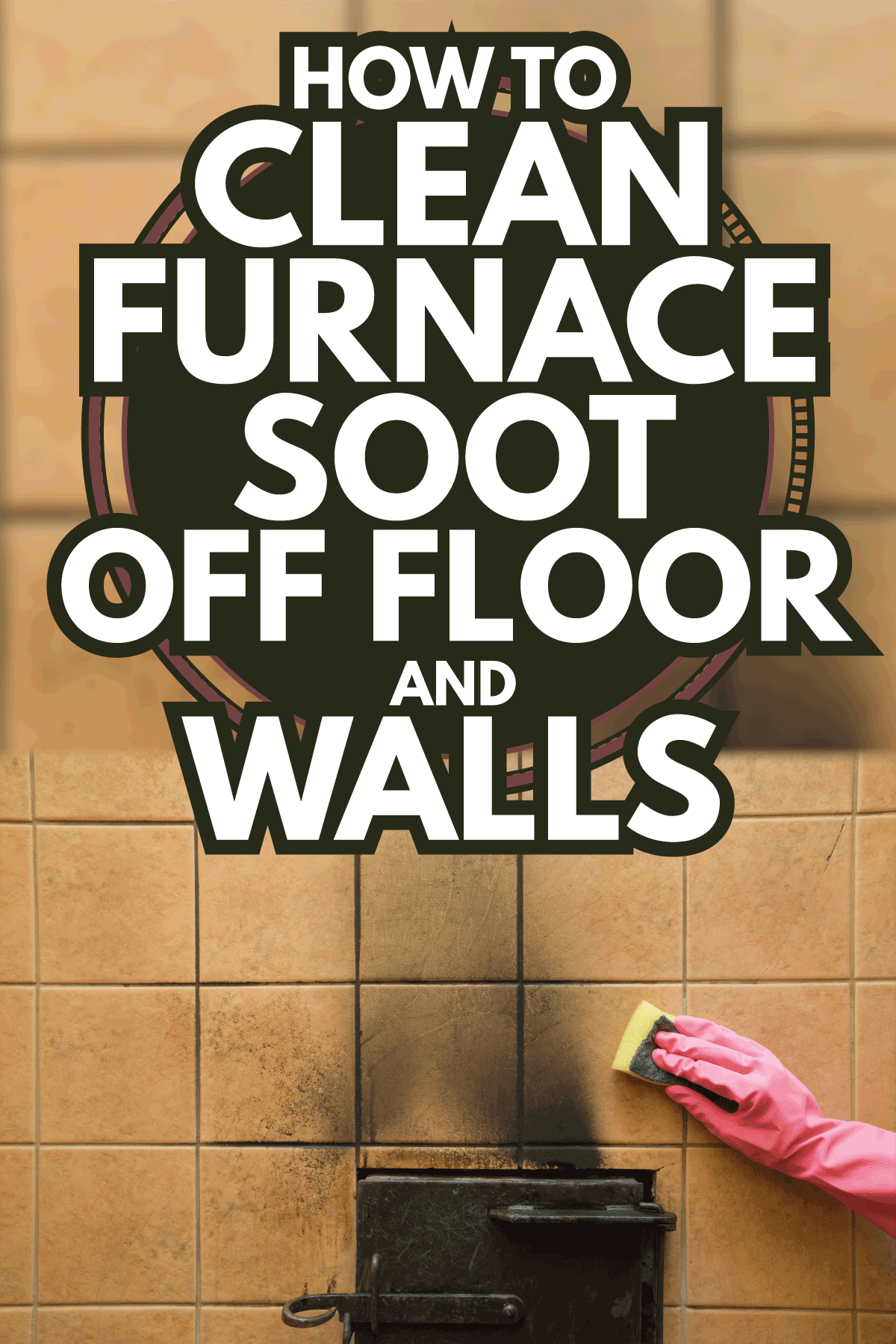
Cleaning Furnace Soot Off Floor And Walls
Below is a list of the necessary tools and materials to help you clean away furnace soot and the instructions to do so.
What You'll Need
- Latex gloves
- Protective mask
- Safety goggles
- Step ladder
- Buckets
- Vacuum
- Microfiber cloths
- Thick apron
- Plastic cover
- Dishwashing liquid
- Cleaning solutions
- Degreaser
- Dry cleaning sponge/soot sponge
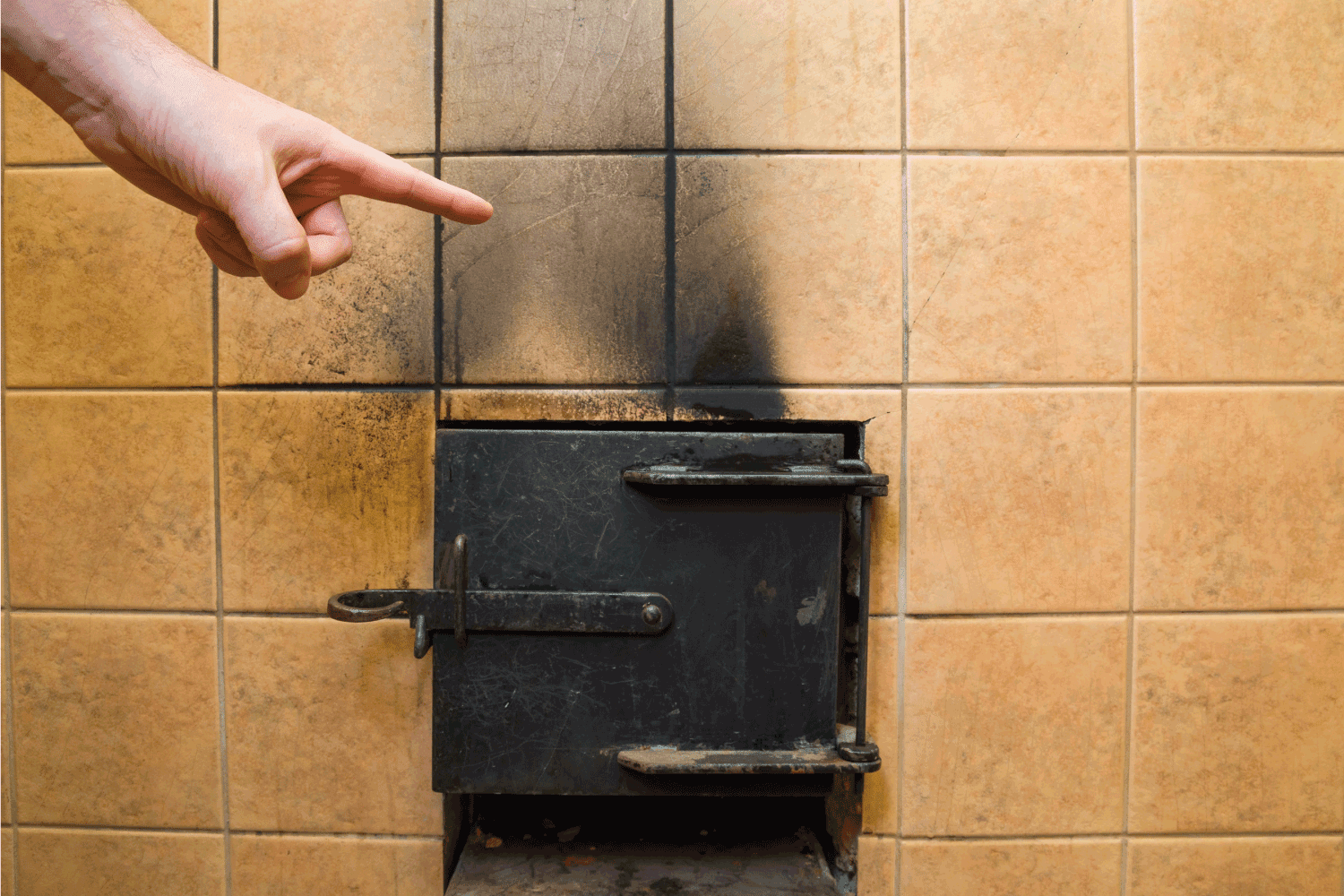
Step-By-Step Guide
Once you have all the tools and materials ready, you can start cleaning those soot stains from your walls and floors by following these simple steps.
1. Wear Protective Gear
First and foremost, put on those safety goggles, protective masks, and gloves. This is to help protect you from all those harsh chemicals and soot that would be all over you. Next, make sure to wear clothes that you wouldn't mind throwing away afterward.
Put on the apron as an added protection. Avoid wearing slip-on shoes and opt for a pair of socks and boots.
2. Empty The Area
Next, empty the room that you're going to work in. As you clean, all those soot would become airborne and the last thing you want is for them to get all over your furniture and appliances.
Store them all inside a room where the soot wouldn't be able to reach. If there are other people inside the house, make sure that they are aware of what's happening. You wouldn't want them to suddenly walk into the room filled with soot in the air.
3. Cover Furniture and Carpet
Cover up any hard-to-remove items with a tarp or heavy cloth. A plastic cover would work as well.
Make sure that every inch of furniture, appliances, carpet, and the like are entirely covered. Use tape if necessary to hold everything in place.
4. Ventilate The Area
Next, open the windows and turn the fans on to draw as much soot out of the room. By doing this, you save a lot of time. You'll need to wash them later and replace their filters.
However, if you live in an apartment or in an enclosed space where ventilating the room would disturb your neighbors, skip this step. They wouldn't want soot in their homes either.
5. Use A Vacuum Cleaner
Vacuum the area, but make sure to not let the cleaning device touch the soot or else smearing would occur. Undoubtedly, it would make things harder to clean.
Fair warning, make sure to use a stool or a step ladder for those hard-to-reach places. Work slowly and safely. The last thing you want is for an accident to happen.
6. Use A Dry Cleaning Sponge
Now, it's time to use the dry cleaning sponge to get those loose particles off your walls and floors. You can use a special sponge made of vulcanized rubber, which is perfect for grabbing and clinging onto soot.
First, start with the ceiling and make your way down. Make sure to use straight parallel strokes as you want to wipe the soot away, not smear it. This is a delicate process that might require a lot of your time.
Once the sponge had gotten discolored from all the soot clinging to it, use the clean side of it and repeat the process. Additionally, you can use a knife to carefully slice off the discolored area.
Click here to see this sponge on Amazon.
7. Wash The Area Using A Cleaning Solution
For any residual stains left that can't be removed by the sponge, it's time to use a cleaning solution. There are plenty of commercial solutions out there that would get the job done. Follow the instructions on the label.
But you can also try to create one at home using a dishwashing liquid and a degreaser. Mix two quarts of water, two tablespoons of dishwashing liquid, and a tablespoon of degreaser into a bucket. Stir well and you'll have a solution capable of removing any residual soot left over.
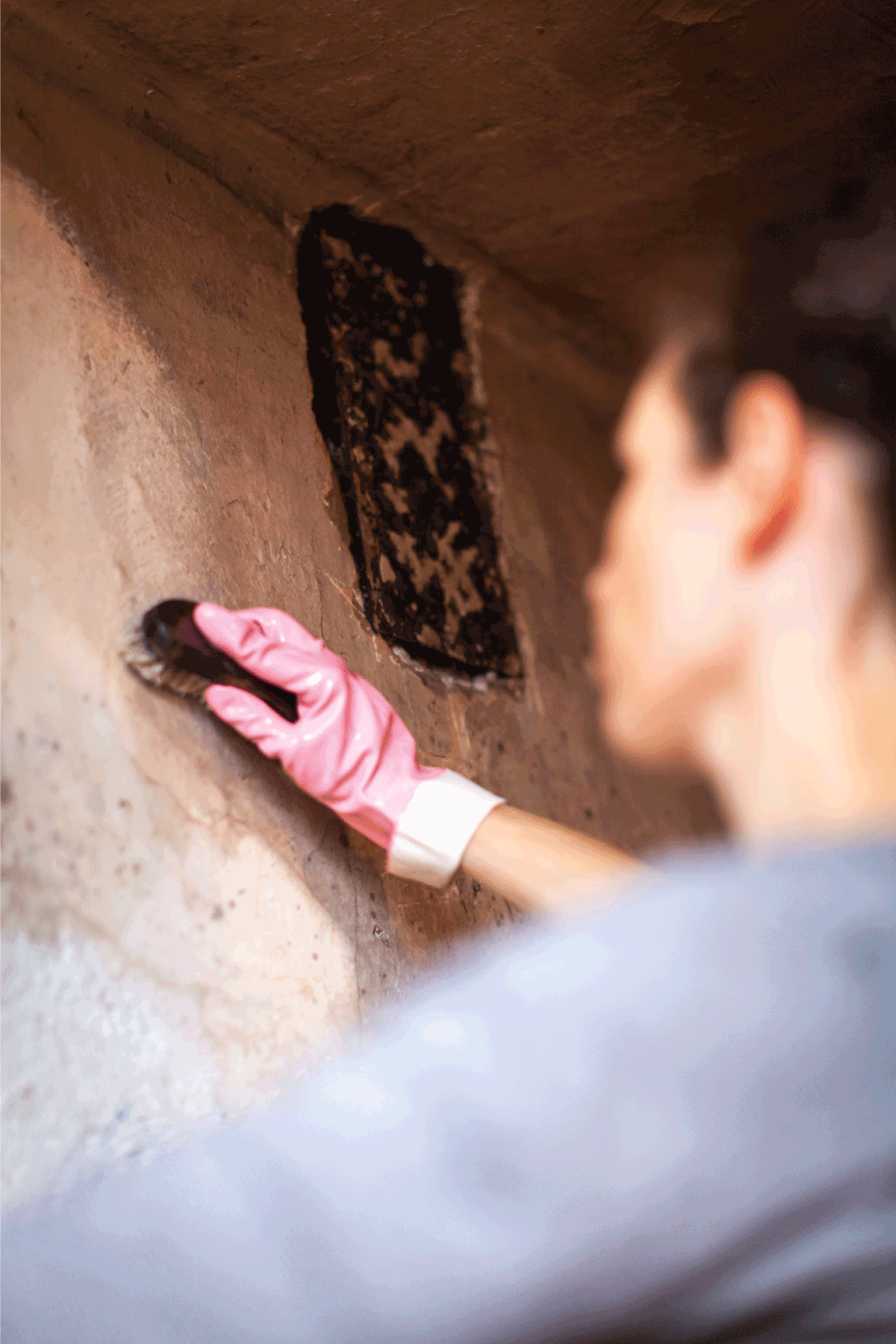
Using an ordinary sponge, dip it into the solution. Wring it out afterward to make sure that it's not dripping. Then, start working your way from the ceiling down.
Rinse and repeat the whole process then make a new solution once it turns black. You'll want to make sure that there's not a single spot of soot left.
Click here to see this cleaning solution on Amazon.
8. Rinse And Dry The Surfaces
Once there's no visible soot left, dip a clean sponge in fresh water and wring it out. Wipe all the surfaces to ensure that everything is as clean as possible.
Afterward, use a microfiber cloth to dry everything before carefully removing any plastic covers that you might have used. You wouldn't want all that leftover soot to scatter everywhere.
Once you've disposed of them properly, use the vacuum once more to ensure that nothing is left. You can now return all the furniture and appliances to where they belong.
If you're unable to do the steps above due to health-related problems, please call a professional.
Click here to see this microfiber cloth set on Amazon.
Why Is My Furnace Blowing Black Soot?
As the fuel inside your furnace burns, there could be carbon particles leftover. This is called incomplete combustion which is responsible for creating soot. Excessive soot production is more common with oil furnaces but this can also occur in gas furnaces as well.
If you see black soot spreading all over the room, then there may be a problem with your furnace's venting. Turn it off and check which areas need to be addressed. Additionally, call a professional to help in cases where you're unable to pinpoint where the problem may be.
The quality of fuel that's being used also contributes to creating more black soot. Lower-grade fuels tend to leave a lot of carbon particles leftover and as such, more soot is produced.
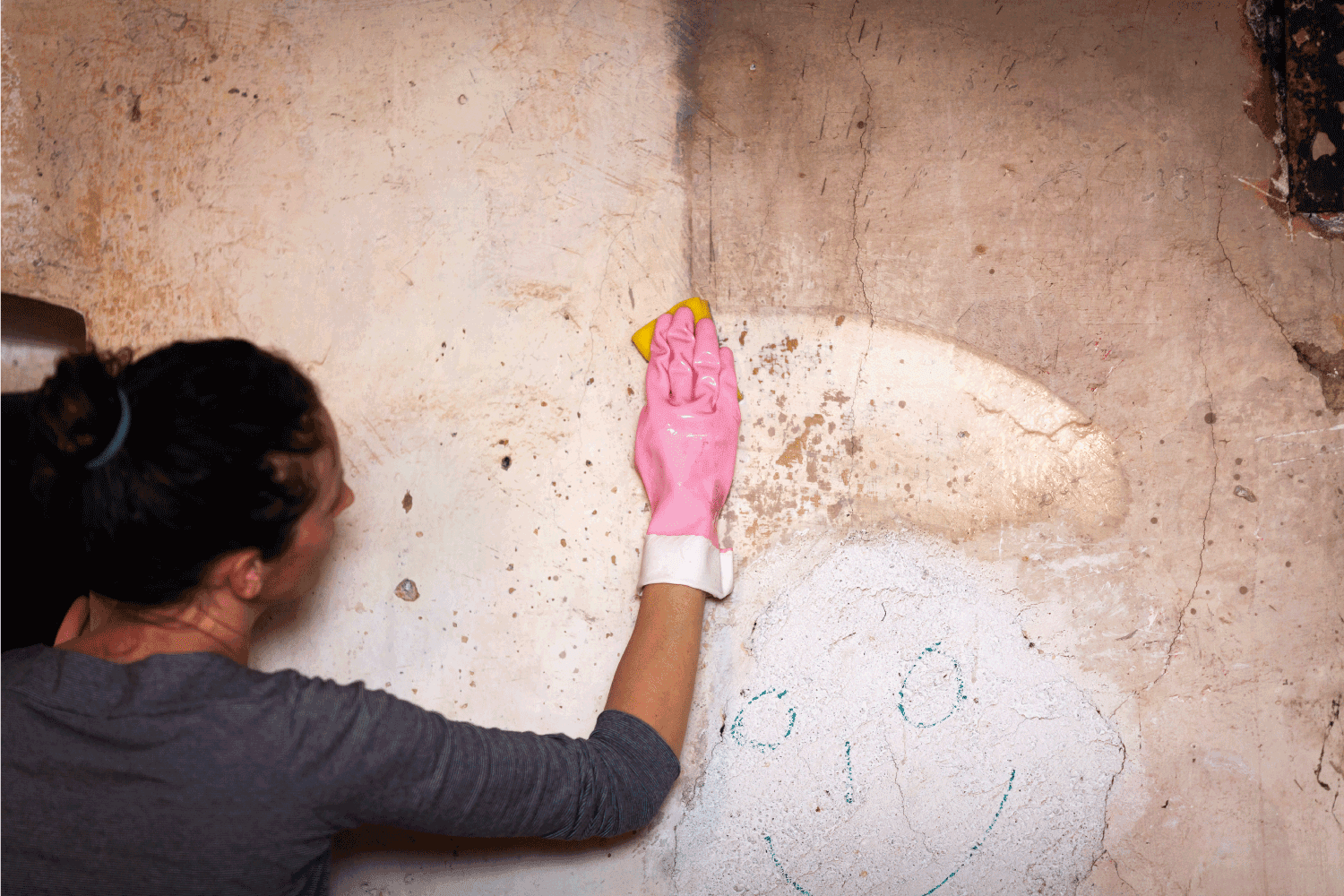
How Do I Stop My Furnace From Sooting?
Regular maintenance is the key to stopping your furnace from excessive soot production. A little bit of cleaning and troubleshooting usually resolves this issue but in some cases, you may need the assistance of a technician.
Switching to a higher quality of fuel would help lessen the amount of soot being produced. The higher the quality, the better it would burn and the fewer byproducts would be leftover.
Make sure to check the filters as well. If you find them clogged, replace them immediately to improve your furnace's efficiency. Call an HVAC technician if you observe that your furnace still keeps producing a large amount of soot despite doing everything you've read so far in this article.
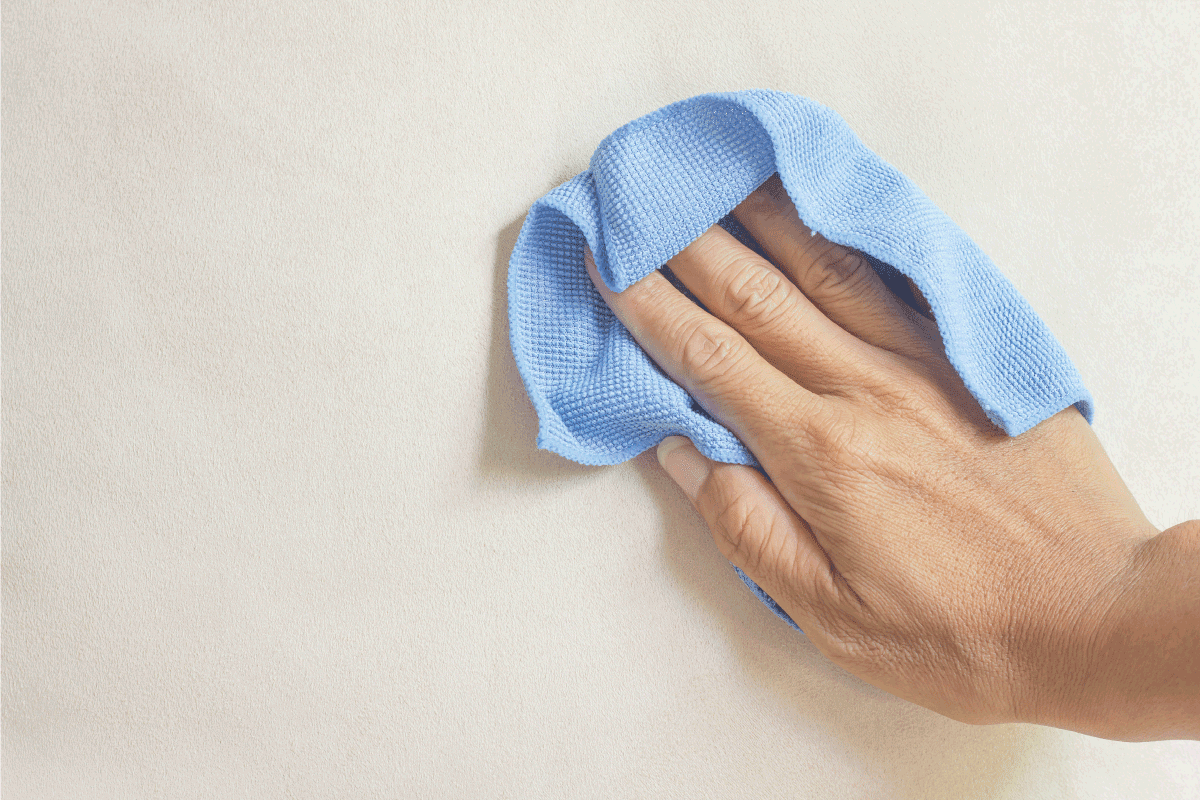
In Closing
While this may all seem like a lot of work, in reality, it only takes around a couple of hours to clean all those soot stains. And by properly maintaining your furnace, you wouldn't have to worry about cleaning any soot stains from the walls and floors anytime soon.
In the end, by making sure that your furnace is working properly and efficiently, you can eliminate soot stains from being a problem in your home. And, don't hesitate to call an HVAC pro for help either, especially in cases where you seem lost in finding out what's wrong with your furnace.
If you liked this article, you might want to check out these other posts as well:



